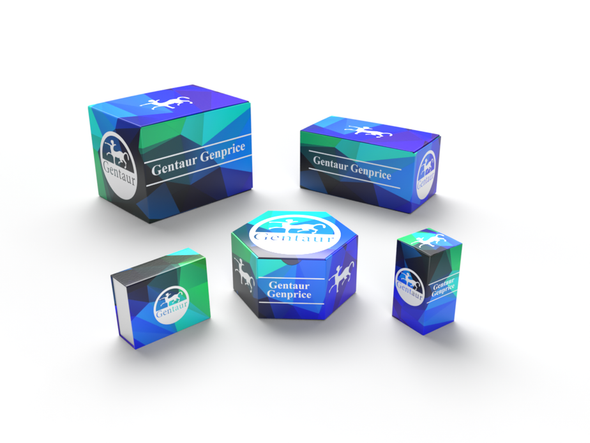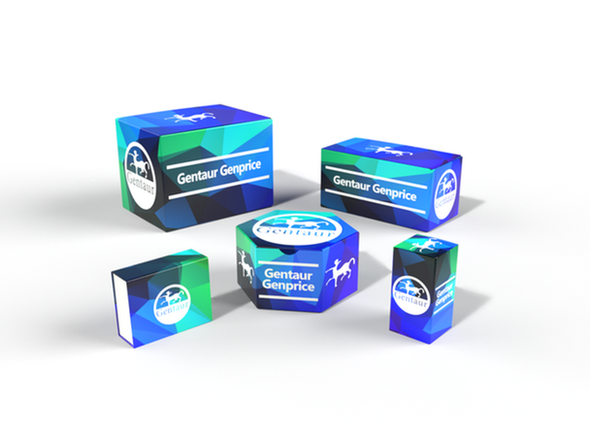BW
ENX-2 (E192) polyclonal Antibody | BS2114
- SKU:
- BW-BS2114
- Availability:
- Usually ships in 5 working days
Description
ENX-2 (E192) polyclonal Antibody | BS2114 | Gentaur UK, US & Europe Distribution
Host: Rabbit
Reactivity: Human,Mouse,Rat
Application: WB IHC IF
Application Range: WB: 1:500~1:1000 IHC: 1:50~1:200 IF: 1:50~1:200
Background: In Drosophila, the Polycomb (PcG) gene family encodes chromatin proteins that are required for the repression of homeotic loci in embryonic development. PcG proteins work in conjunction with the trithorax-group (trxG) proteins, which activate homeobox gene expression during embryonic development. ENX-1, a mammalian homolog of the Drosophila gene enhancer of zeste, is a PcG protein that is ubiquitously expressed during early embryogenesis and becomes restricted to the central and peripheral nervous systems and sites of fetal hematopoiesis during later development. In the adult, ENX-1 is restricted to specific sites, including spleen, testis and placenta. ENX-2 is another mammalian homolog of the Drosophila gene enhancer of zeste and contains one SET domain. The gene for human ENX-2 maps to chromosome 17q21. ENX-2 expression is ubiquitous in adult and fetal tissue, where it may aid in maintaining heterochromatin stability.
Storage & Stability: Store at 4°C short term. Aliquot and store at -20°C long term. Avoid freeze-thaw cycles.
Specificity: ENX-2 (E192) polyclonal Antibody detects endogenous levels of ENX-2 protein.
Molecular Weight: ~ 85 kDa
Note: For research use only, not for use in diagnostic procedure.
Alternative Names: Histone-lysine N-methyltransferase EZH1; ENX2; Enhancer of zeste homolog 1; EZH1; KIAA0388
Immunogen: Synthetic peptide, corresponding to amino acids 162-208 of Human ENX-2.
Conjugate: Unconjugated
Modification: Unmodification
Purification & Purity: The Antibody was affinity-purified from rabbit antiserum by affinity-chromatography using epitope-specific immunogen and the purity is > 95% (by SDS-PAGE) .
Pathway: SAPK JNK Signaling Cascades,






